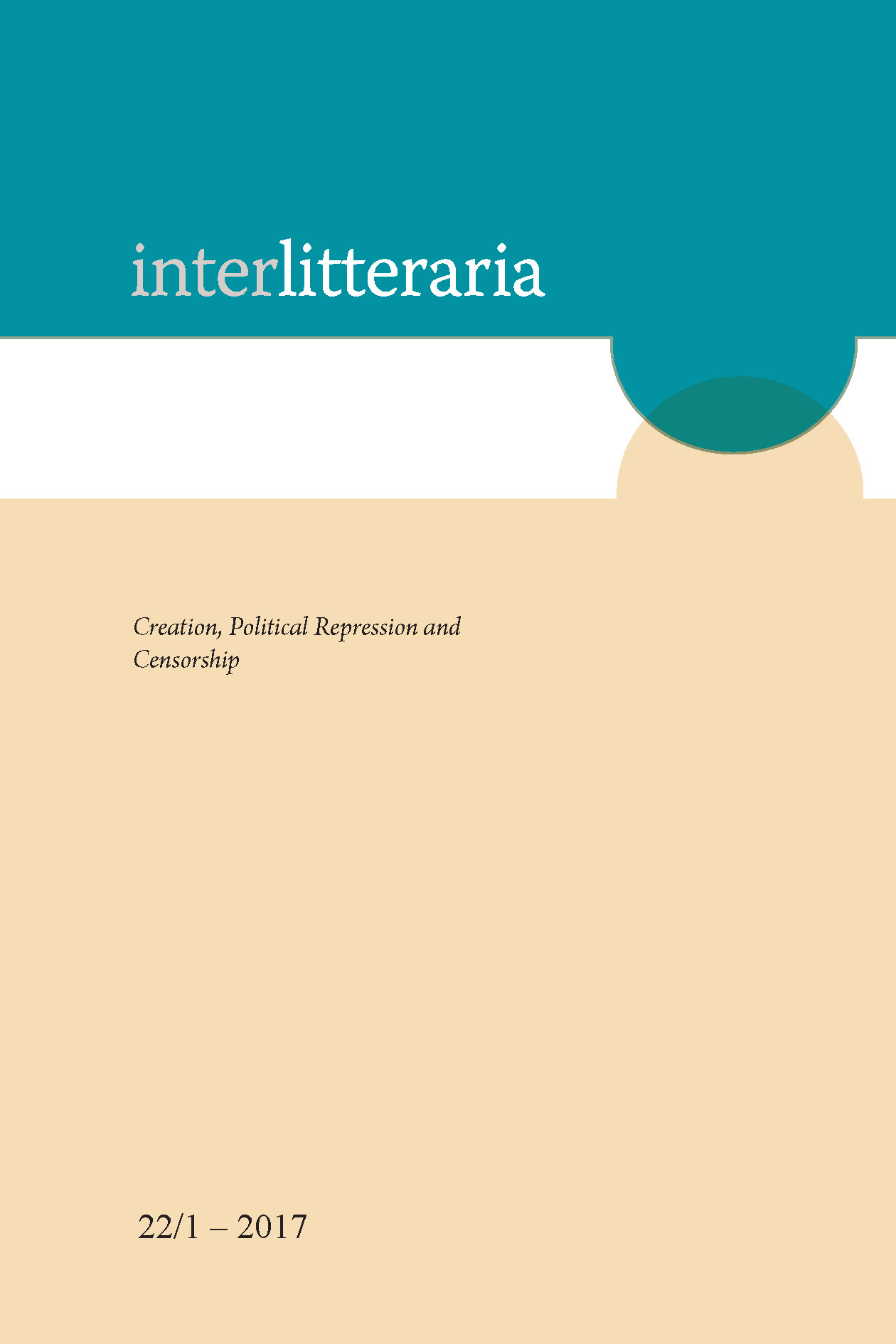Le corps dansant, trace d’un passé individuel et collectif, dans <i>Tango</i> de Carlos Saura
DOI:
https://doi.org/10.12697/IL.2017.22.1.16Keywords:
Carlos Saura, Tango, dance, memory, intermediality, violenceAbstract
Abstract. Body and Dance: Traces of Individual and Collective Past in Carlos Saura’s Tango. It is difficult to ascertain at what moment precisely modern cinema was born: it is not easy because there are different kinds of modern movies. Here I want to talk about “modern cinema” and the spirit of the films made after the Second World War when directors tried to expose the annihilation and the horror of Auschwitz and Hiroshima. Started by the Italians with the “neorealismo” in the 1950s, this modern conception of making films is still present nowadays. But because the horrors of the 20th century cannot be considered as a spectacle, we face two problems: what is the place of the moral in the film making process and where are the limits in the esthetics of representing horror. In Carlos Saura’s Tango (1998), a musical film, we find these two questions and the way he answers them: the Spanish director has tried to represent the collective as well as the individual memories of the victims of Franco’s and Videla’s cruel dictatorships. His way? Music and body expression.Downloads
Download data is not yet available.
Downloads
Published
2017-09-07
Issue
Section
Articles
License
The contents of Interlitteraria are published under CC BY-NC-ND licence.


